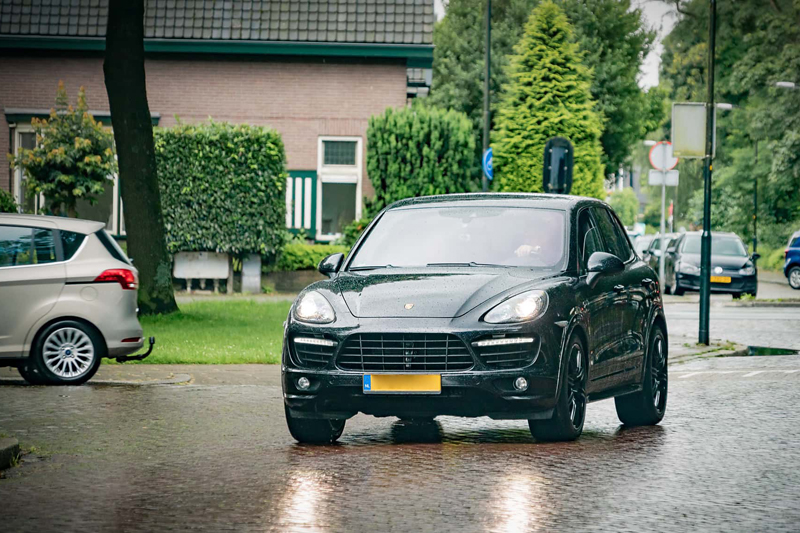
Opus’ IVS 360 team supports a customer’s Porsche Cayenne 92A hybrid brake vacuum issue.
Vehicle information
Make: Porsche
Model: Cayenne (2011 – 2017)
Year: 2011-2017
Engine: Hybrid
Tools required
- Diagnostic tool
- Hand vacuum pump
- Smoke tester (optional)
IVS 360, from Opus IVS, offers unrivalled diagnostics and live repair guidance support services to help workshop technicians fix complex vehicles safely and quickly. All Opus IVS mechanical repair solutions come with live repair guidance from IVS 360 OEM brand-specific master technicians.
Using the DrivePro’s diagnostic software and extensive product knowledge, the IVS 360 team identifies the cause and steps needed to fix vehicle faults. Customers can request support from the team directly from their DrivePro device or DrivePro Elite Diagnostic Kit.
Opus IVS’ experts remote in real time directly to vehicle communication systems to diagnose, programme and calibrate vehicles.
A recent case the team dealt with involved a Porsche Cayenne 92A 2011. The vehicle had a hard brake pedal, which indicated a fault with the electrical vacuum when switching to Hybrid Drive.
The problem
Hard brake pedal – the brake servo has a mechanical and electrical vacuum pump to create the required vacuum for the brake servo. When the vehicle switches to hybrid drive the electrical vacuum pump is used, or at a time the mechanical pump does not make required vacuum when the engine is running.
Fault codes:
P147900 Brake boost vacuum system, mechanical failure DME – ENGINE ECU
The repair
- Connect your diagnostic tool and read out the fault codes
- Check the vacuum of the mechanical pump
- If P147900 is stored then check actual values of the mechanical vacuum in the DME data list
- The expected vacuum pull is approx. 550 down to 800 hpa (550-800 hpa/millibar, =0.55-0.80 bar) vacuum
- The mechanical pump is located on the front of the engine Bank Two
- Checking vacuum pipes
The vacuum lines contain check valves, so be sure these are working. Check the vacuum lines for micro cracks. There are other vacuum systems for the control of the Secondary Air injection, intake manifold flaps. The solenoids (two for air injection, one for inlet manifold flaps) are mounted at the rear of the engine on a bracket. There is another vacuum line and solenoid for the engine coolant pump (water pump) shutoff slide control at the front of the engine - Electrical vacuum pump
The electrical pump is mounted lower on the engine’s side, near the front of Bank One. The electrical pump is powered via a relay in the under-bonnet fuse board, maxi fuse provides the pump protection, the DME switches the relay depending on the pressure sensor reading. The pressure sensor is mounted in the vacuum line near to the brake servo - Test the electrical vacuum pump
Check that the electrical vacuum pump runs and will create the required vacuum. Do this with engine off key on, the relay can be worked from the DME drive link function (or bridge relay) The DME only monitors the control of the relay not the pump electrical function - Replace the electrical pump
If the electrical pump is determined to be faulty, i.e. not running (fuse and relay ok) noisy during operation, or is getting hot quickly, always replace the electrical pump together with the relay and maxi fuse









